Adirondack Nature Trails:
Adirondack Wildlife Refuge & Rehabilitation Center
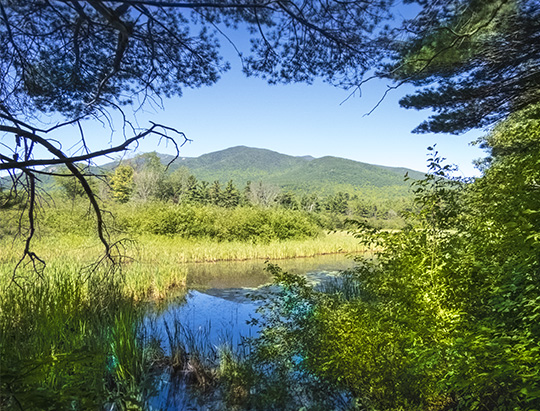
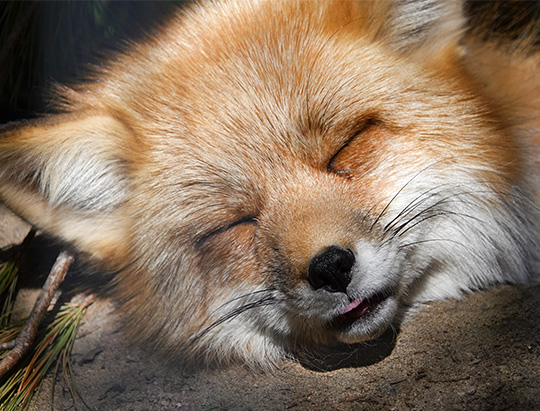
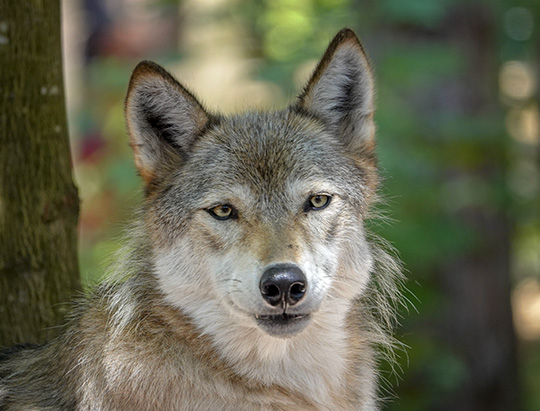
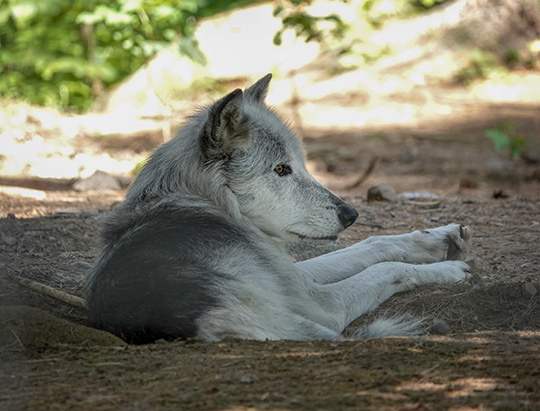
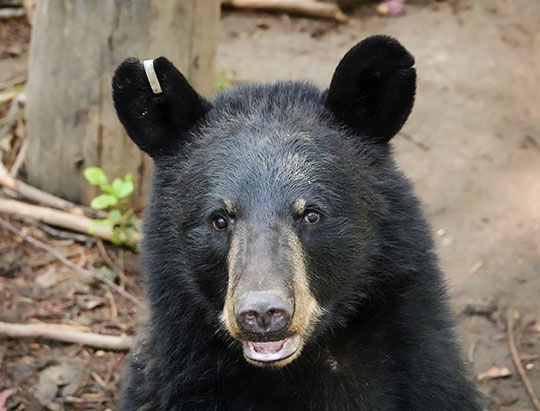
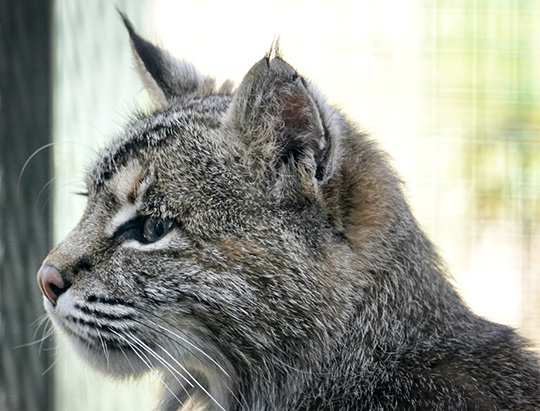
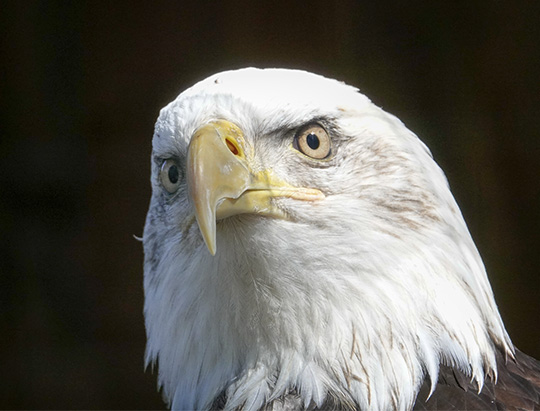
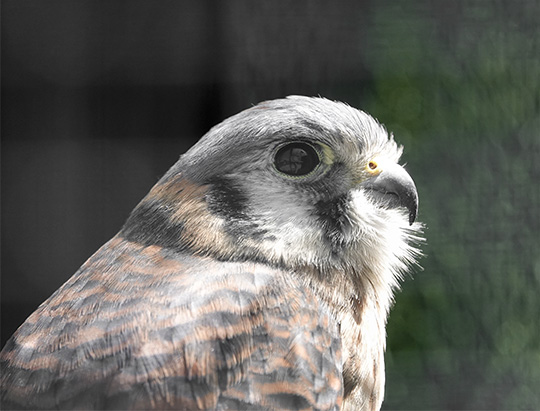
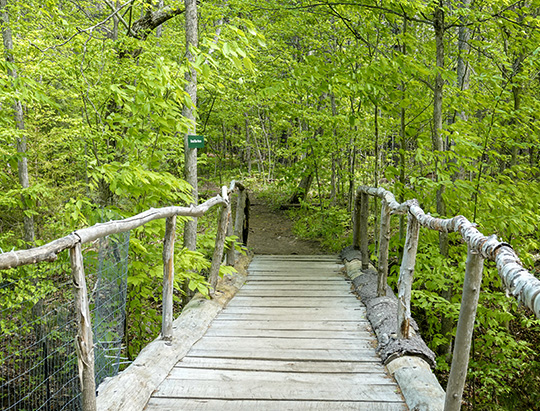
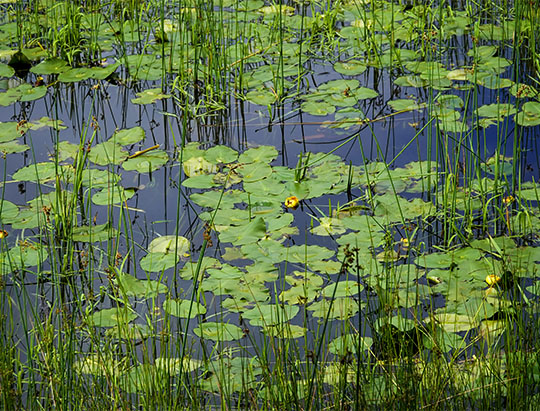
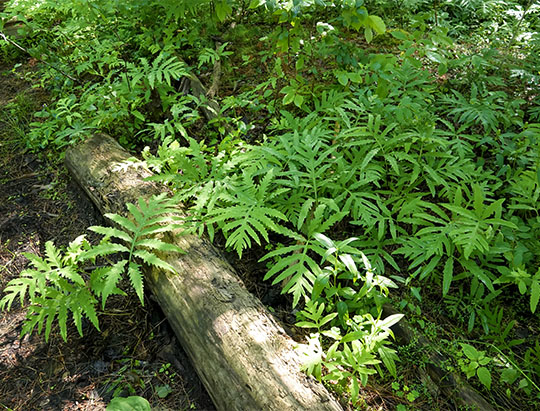
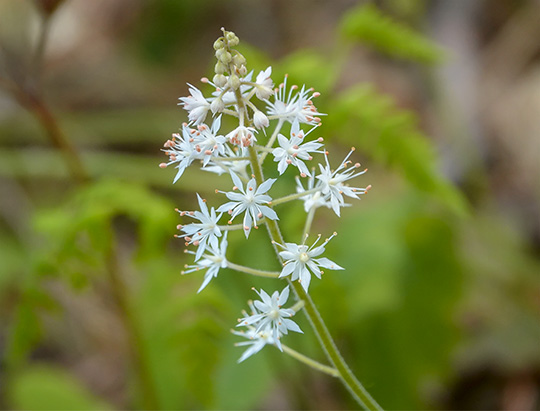
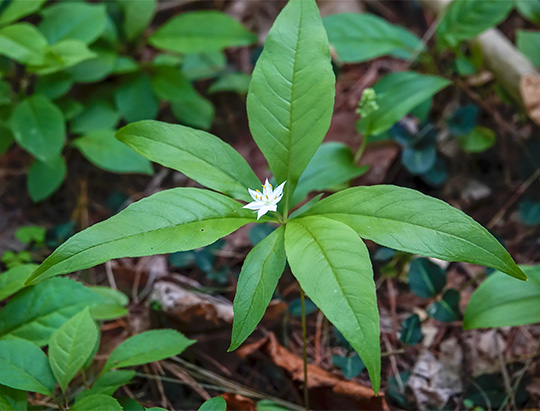
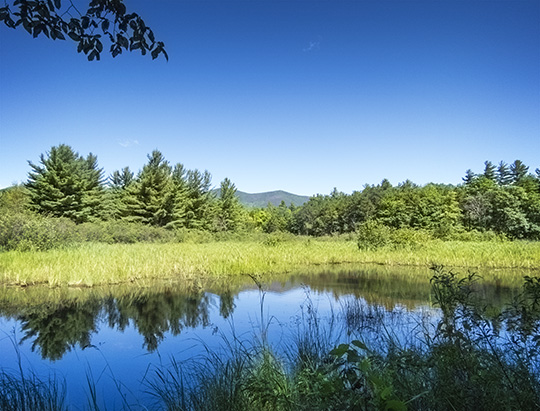


The Adirondack Wildlife Refuge and Rehabilitation Center, in Wilmington, New York, is a nonprofit rehabilitation and education organization.
- Its mission is to take in, rehabilitate and (if possible) to return to the wild, injured or otherwise disabled wildlife.
- The Center also runs educational programs on wildlife and Adirondack natural history.
- There is no admission or parking fee. Because the facility receives only limited funding from the state and private grants, it depends largely on donations to continue its work with Adirondack wildlife.
The facility is open to the public between 10 AM and 4 PM daily, Thursday through Monday. It is located at 977 Springfield Road, Wilmington, New York.
Overview
The Adirondack Wildlife Refuge is the best place in the Park to learn about Adirondack mammals and birds of prey. The facility offers nature-lovers several ways to expand their knowledge:
- The Center has displays of mammals and birds, many of which are rescued animals unable to be released into the wild. Each enclosure has interpretive signs. Knowledgeable attendants are available to provide information on the species and the individual animal in the enclosure. Many of the animals in the enclosures are species native to the Adirondacks (such as the Red Fox and Black Bears). The Center also has several Gray Wolves.
- The Center hosts a variety of educational programs, including lectures and presentations on Adirondack wildlife and other aspects of Adirondack natural history. Visitors can drop by the wolf enclosure at 10 AM daily for a "Wolf Gathering," providing detailed information on wolves as keystone predators. The Black Bear enclosure hosts sessions on "Understanding Bears" throughout the day. There is also an annual Adirondack Habitat Awareness Day in September, featuring presentations, demonstrations, and lectures. The Center also offers interactive presentations and demonstrations at public venues, such as schools, colleges, fairs, and churches.
The Center features a mile–long, guided, interpretive trail, with excellent informative signs covering the plants, wildlife, and ecology of the area. The trail winds through a variety of habitats, including a pine plantation, mixed forest, and successional meadow. Parts of the trail border the Ausable River, providing access to adjacent wetland areas and views of Whiteface Mountain.
Birds Seen along the Trails
Birds heard and seen along the trails include:
American Crow
Belted Kingfisher
Common Merganser
Common Raven
Downy Woodpecker
Great Blue Heron
Hairy Woodpecker
Hermit Thrush
Merlin
Osprey
Ovenbird
Pileated Woodpecker
Red-tailed Hawk
Red-winged Blackbird
Ruffed Grouse
Solitary Sandpiper
Song Sparrow
Turkey Vulture
Veery
White-throated Sparrow
Trees Seen along the Trails
Trees seen along the trails include:
Eastern Hemlock
Eastern White Pine
Hophornbeam
Ironwood
Jack Pine
Paper Birch
Red Maple
Red Pine
Red Spruce
Striped Maple
Yellow Birch
Wildflowers and Ferns Seen along the Trails
Wildflowers and ferns commonly seen along the trails include:
Blue Cohosh
Bunchberry
Canada Mayflower
Foamflower
Helleborine
Indian Pipe
Partridgeberry
Purple Trillium
Royal Fern
Sensitive Fern
Spotted Joe Pye Weed
Spotted Touch-me-not
Starflower
Steeplebush
Trout Lily
Wild Sarsaparilla
Wood Anemone
Mammals and Birds in the Enclosures
Mammals and birds in enclosures include:
Bobcat
Eastern Coyote
Gray Wolf
Opossum
Porcupine
Red Fox
Western Coyote
Barn Owl
Barred Owl
Broad-winged Hawk
Common Raven
Goshawk
Great Horned Owl
Kestrel
Long-eared Owl
Merlin
Northern Harrier
Peregrine Falcon
Red-tailed Hawk
Rough-legged Hawk
Saw-whet Owl
Screech Owl
Short-eared Owl
Swainsons Hawk
Turkey Vulture
